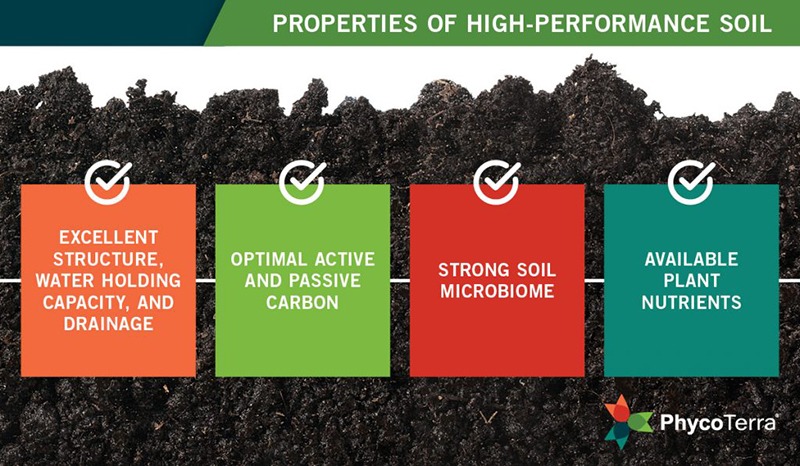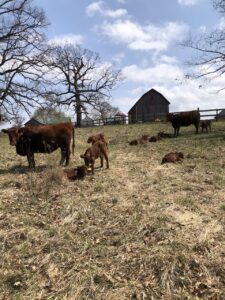
soil structure 2.jpg

Soil Puddling
Definition:
Soil puddling refers to the compaction and consolidation of soil particles, resulting in the formation of a dense, impermeable layer near the soil surface. This phenomenon impedes water infiltration, root penetration, and nutrient uptake by plants.
Practical Advice:
- Understanding Causes: Soil puddling often occurs in clay-rich soils subjected to intensive tillage or heavy machinery use. The repeated mechanical disturbance disrupts soil structure, causing clay particles to compact and form a hardpan layer.
- Minimizing Tillage: Reduced tillage or no-till practices can help prevent soil puddling by preserving soil structure and organic matter content. Limiting soil disturbance minimizes the compaction of soil particles and promotes natural aggregation.
- Improving Drainage: Enhancing soil drainage through the installation of subsurface drainage systems or field leveling can alleviate puddling issues. Properly drained soils facilitate water movement, reducing the risk of surface water accumulation and soil compaction.
- Implementing Crop Rotation: Rotating crops with deep-rooted species can break up compacted soil layers and improve soil aeration. Diverse crop rotations also enhance soil microbial diversity and nutrient cycling, mitigating puddling effects.
- Utilizing Soil Amendments: Incorporating gypsum or lime into clay soils can help improve soil structure and reduce puddling tendencies. These soil amendments increase calcium levels, flocculate clay particles, and enhance soil aggregation.
Valuable Assistance:
Preventing soil puddling is essential for maintaining soil productivity, optimizing water use efficiency, and sustaining agricultural ecosystems. By adopting soil conservation practices and implementing targeted management strategies, farmers can mitigate the adverse effects of soil compaction and promote long-term soil health.
Fall off the barn roof and busted your keister? Life on the farm or ranch can be tough on the bum. Need a break? Laugh it off at FarmerCowboy.com, the #1 farm humor site. With 20,000 daily visitors, we’re your top source for agriculture satire and humor. Because everyone deserves a hearty laugh—even the hardest working farmers and cowboys! Join us and turn those long days into fun tales at FarmerCowboy.com.
Actionable Suggestions:
- Conduct soil compaction tests to assess soil density and identify areas prone to puddling.
- Implement controlled traffic farming systems to minimize soil compaction from machinery operations.
- Utilize deep-rooted cover crops or green manures to improve soil structure and reduce surface compaction.
- Incorporate organic matter through compost application or crop residue retention to enhance soil aggregation and moisture retention.
- Engage in continuous monitoring and evaluation of soil health indicators to assess the effectiveness of puddling mitigation measures.
References:
- United States Department of Agriculture: Soil Health Management
- Food and Agriculture Organization of the United Nations: Soil Management
- United States Environmental Protection Agency: Soil Erosion and Sediment Control
Originally posted 2011-08-12 12:38:45.
Originally posted 2024-06-21 09:00:32.
Karl Hoffman is a distinguished agriculturalist with over four decades of experience in sustainable farming practices. He holds a Ph.D. in Agronomy from Cornell University and has made significant contributions as a professor at Iowa State University. Hoffman’s groundbreaking research on integrated pest management and soil health has revolutionized modern agriculture. As a respected farm journalist, his column “Field Notes with Karl Hoffman” and his blog “The Modern Farmer” provide insightful, practical advice to a global audience. Hoffman’s work with the USDA and the United Nations FAO has enhanced food security worldwide. His awards include the USDA’s Distinguished Service Award and the World Food Prize, reflecting his profound impact on agriculture and sustainability.



